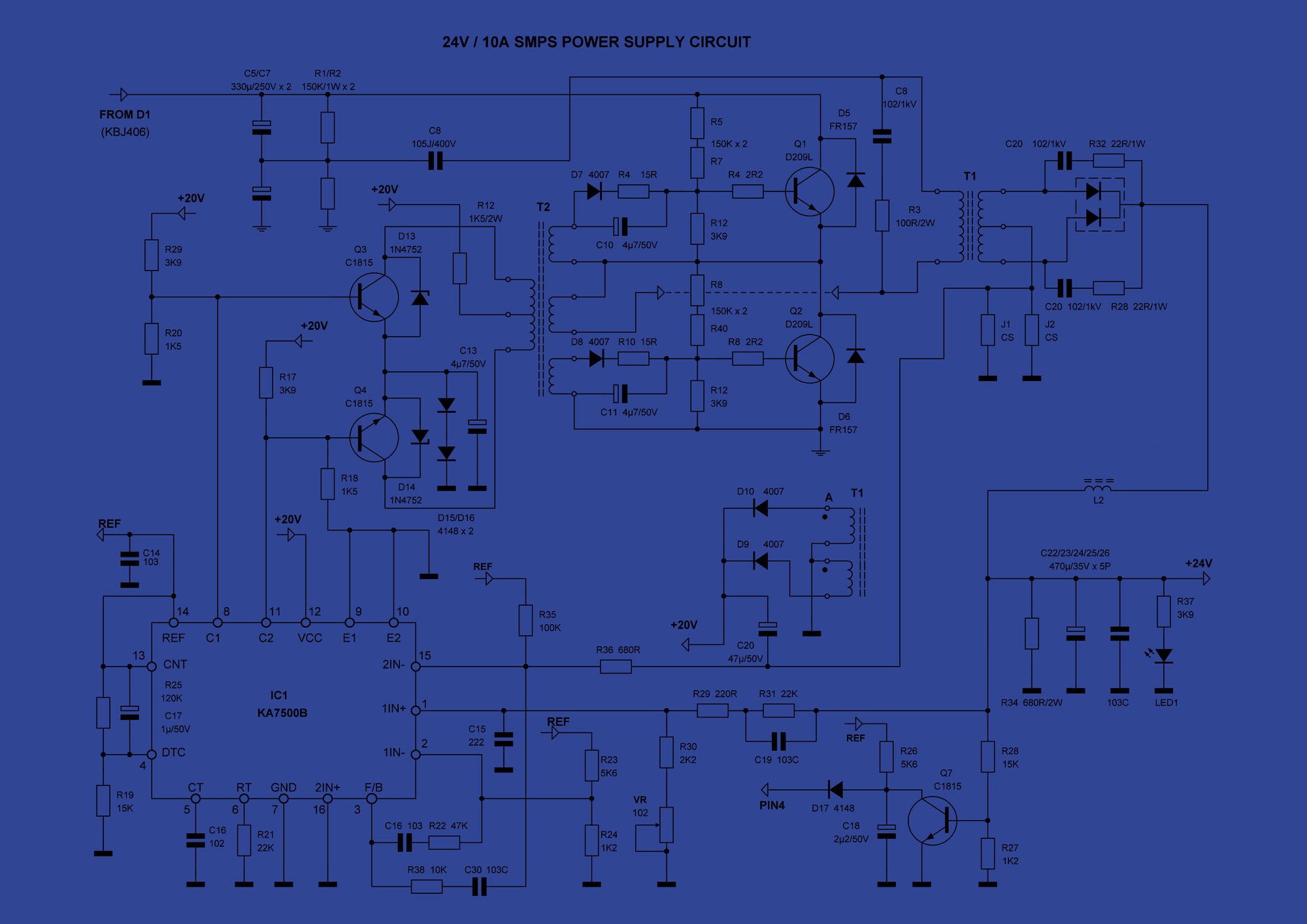

Start Here:
IEC 61000-4-21: “Testing and measurement techniques–Reverberation chamber test methods”
IEC 61000-4-21 aims to standardize radiated testing (both emissions and immunity/susceptibility) in reverb chambers. This includes testing for shielding effectiveness.
IEC 61000-4-21 doesn’t give any pass/fail criteria; it is solely aimed at standardizing radiated test methods conducted in reverb chambers. It was originally published in 2003 and last revised in 2011. You can purchase a copy here.
TIP:
Whenever possible, consider testing in a reverb chamber to save test time. Particularly for automotive testing, you don’t have to move the test object to illuminate three different orientations, since in reverb testing it will be hit from all angles. This is also a better correspondence to real-world conditions; in the automotive industry I ran into a few cases where a unit that passed ALSE testing failed during vehicle testing; the unit was then re-tested in reverb and failed there. It’s always better to troubleshoot at the module level than at the platform level.
This is one of those standards where the meat of the technical content is in the Annexes, so I’m listing them here:
Annex A (informative) Reverberation chamber overview
Annex B (normative) Chamber calibration for mode-tuning
Annex C (normative) Chamber calibration for mode-stirring
Annex D (normative) Radiated immunity tests
Annex E (normative) Radiated emissions measurements
Annex F (informative) Shielding effectiveness measurements of cable assemblies,cables, connectors, waveguides and passive microwave components
Annex G (informative) Shielding effectiveness measurements of gaskets and materials
Annex H (informative) Shielding effectiveness measurements of enclosures
Annex I (informative) Antenna efficiency measurements
Annex J (informative) Direct evaluation of reverberation performance using field anisotropy and field inhomogeneity coefficients
“Informative” annexes have information and context that may be useful for the user, where “normative” annexes contain steps and procedures that must be followed to use the standard correctly.
The annexes provide a fairly clear and practical overview of reverb chamber testing, including the statistical math needed to properly setup the test environment and interpret measured data. It has details about tuner steps and field uniformity volume, as well as chamber loading and sampling requirements.
TIP:
I’d like to draw attention to Annex F, for measuring shielding effectiveness of cables. This is generally an excellent option for testing cables at high frequencies, and not otherwise covered in IEC 62153. However, the test method compares the power received by a shielded cable to that received by a reference antenna within the uniform field volume of the chamber (see below). This may overestimate the attenuation provided by the shield, since an unshielded cable may not have similar gain as the reference antenna. Although it requires an extra step and extra cable sample, it may be more representative of real-world conditions to test both a shielded and unshielded cable, then compare the power received by each instead of comparing to a tuned antenna.
MIL-STD-461: “Requirements for the Control of Electromagnetic Interference Characteristics of Subsystems and Equipment”
MIL-STD-461 is one of the core EMC standards, having evolved with military applications since WWII. It is widely used in the aerospace and defense sectors.
MIL-STD-461 is a landmark document in the world of EMC standards, and there are a lot of other standards that derive from this one. The easiest place to find a copy of MIL-STD-461 (free, as most government standards are) is here, or the official site is here. The current edition is Rev G, and the working group for the standard is currently drafting Rev H.
MIL-STD-461 is more of a document that specifies test methods than a strict requirements document, and while it has suggested limits for many of the tests, in most cases those limits should be tailored. For general aerospace and defense projects MIL-STD-464 is the actual requirements document, and the tests in MIL-STD-461 are how you document compliance to the EMC requirements.
TIP:
Tailor, tailor, tailor! Beware of any project that simply tells you to “meet 461”--even accepting 461 as the overarching requirement, tailoring 461 is key for saving testing time and budget and not wasting resources designing to inappropriate or inapplicable requirements. I’ll discuss this more in articles dedicated to each test method.
TIP:
Read the appendices! More than most standards, the committee behind MIL-STD-461 documents background information for every section of the main document. This includes context, lessons learned, and why different changes have been made over time. There’s a wealth of information in there.
TIP:
MIL-STD-461 does not have a requirement to perform testing in a certified lab. While many of the labs that have the equipment needed to perform 461 testing are certified (to ISO, by ANLAB or A2LA, etc), that is not required. Testing in an uncertified lab or your own facility is allowed as long as you can meet the test equipment and test reporting requirements.


